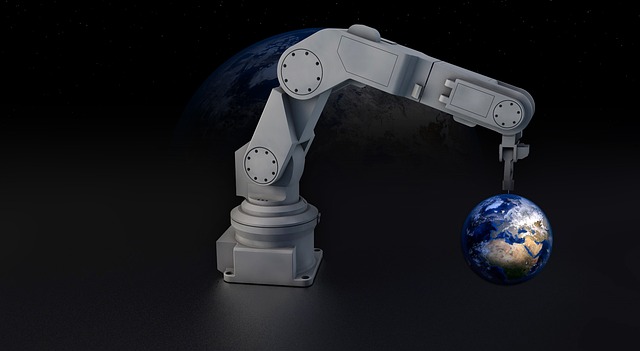Why Collaborative Robots Are Important for Manufacturing Startups

Collaborative robots (cobots) have slowly gained popularity in the manufacturing industry. The robots are created to work effectively and safely alongside humans. They are more beneficial when compared to the larger robots mostly depending on how they used.
By 2025, the robotics spend is expected to go up to 13 billion dollars with most of this increase being fueled by an increase in the demand for cobots. Collaborative robots are also expected to command at least 34% of the robots industry by 2025. This is one of the reasons any manufacturer should consider using these robots.
While collaborative robots are not created for heavy-duty Industry tasks, they are smarter and are made with advanced technology which enabled them to perform a lot of complex tasks.
How collaborative robots can benefit a startup manufacturer
For any small startup manufacturing company, cobots offer great technology opportunities. They give small startups a competitive edge over their competition who have probably been in the industry for longer with higher production capability.
They are affordable:
Compared to industrial robots, collaborative robots are much more affordable. Even so, collaborative robots offer the same production gain as industrial robots. This makes it possible for startups to justify their cost of automation and also makes it possible for these startups to enjoy quicker ROI as soon as they implement the use of cobots.
They come with a short integration period:
For any manufacturer, the key to making profits is minimizing manufacturing downtimes. Collaborative robots are very easy to implement, it only takes a few days. Once set up, the manufacturer enjoys fewer or no downtimes and this helps boost their bottom line.
They are easy to use:
Unlike the more complex industrial counterparts, Collaborative robots are interestingly easy to use. A company does not have to invest in highly trained programmers to run the cobots. Collaborative robots can be trained in performing different skills.
They can handle dangerous tasks:
It is said that robots are the future. As more and more machines take over in different fields, especially manufacturing, it is hard to see what role humans will play in the future. Even so, collaborative robots work side by side with human effort
In manufacturing cases where complexity and safety are important, collaborative robots can complete dangerous or complicated tasks that may otherwise be difficult for humans or other traditional robots. For instance, tasks such as steadying surgical tools motion to minimize human error can be done by cobots. This makes collaborative robots ideal and safer to use used alongside humans.
Shorter cycle times:
Use of cobots can greatly boost the efficiency of a manufacturing time. This is because cobots do not need to go on breaks or sleep. This means that they can produce more in a shorter period of time
Areas where collaborative robots can be applied
Tending to machines:
Whether it’s applying a coat, debarring parts, or running a heat treatment, there are times when a machine is the bottleneck of a manufacturing process. Cobots can be used to move parts without much effect on the process’s cycle time. This increases accuracy and reduces cost.
Assembling of parts:
Assembly of small parts that do not require too much speed, cobots can be an advantage in the process. You can use collaborative robots to finish simple processes such as complex assembly processes or simple parts movement. Cobots can be used to save employee time that can be used to do other more important processes as opposed to moving pieces around.
Vision systems:
It is possible to integrate cobots with vision systems. They can be used to inspect parts or pick specific parts from a jumbled container using the vision system. This vision system works with the cobot associated software to be able to tell parts apart and adjust its manipulation process to get hold of the part as it assembles.
Collaborative robots are creating new opportunities for operation automation. They are excellent ways of enhancing processes in small and large industries alike.
Would you like to receive similar articles by email?





